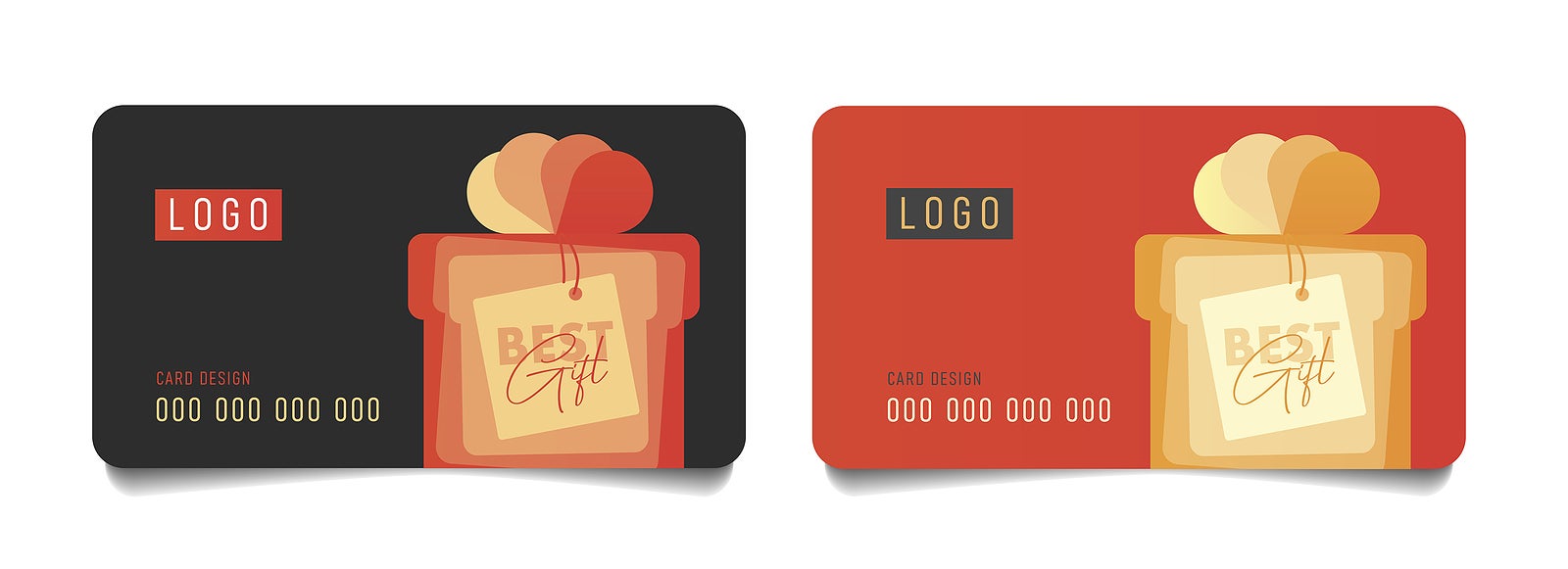
Co-branded credit cards have taken off over the past few years, and for good reason. They often incentivize shopping at the dedicated retailer — typically through rewards. They’re also incredibly profitable, as reported by by the Federal Reserve.
Major brands such as Amazon, Apple, Hilton, Costco, Wal-Mart and Starbucks offer a co-branded credit card or product. What are they, exactly, and are they right for your business?
What Are Co-Branded Credit Cards?
A co-branded credit card, sometimes called proprietary credit cards, retail store cards or private-label credit cards, is offered through a partnership between a credit provider and a brand. This is not to be confused with loyalty perks or rewards cards that have no purchasing power — many brands issue rewards cards that are not credit cards.
For example, Starbucks partnered with J.P. Morgan Chase and Visa to launch its branded card. Alternatively, the Amazon Rewards Visa Signature Card is issued through Chase. The credit providers earn when the card is used to make purchases, while the brand makes a cut through revenue sharing.
Why Would Customers Use Them?
Most co-branded credit cards also provide perks to customers for shopping at the related brand’s stores, whether in-store or online. They might earn points, travel miles or cashback rewards for qualifying purchases. It’s very much like a rewards program and often strengthens existing initiatives for a business and its customers.
Certain co-branded card providers allow customers to continue earning rewards for all purchases made with the card, even outside of the business in question. A great example is Starbucks Rewards Visa, which allows customers to earn “Stars” — the brand’s rewards currency — everywhere. The new CAT rewards card from Thompson Tractors lets shoppers earn rewards for heavy equipment-related purchases.
Amazon’s Prime Day event is another loyalty-based example, where customers shop more frequently thanks to exclusive deals and promotions. It’s incredibly successful, and people love
to shop at this time due to the perks they receive, along with some really great buys. Co-branded credit cards and the loyalty programs they offer work precisely the same way.
Should Your Business Use a Co-Branded Credit Card?
What do co-branded credit cards have to offer you in terms of benefits? Customers may earn rewards, but how and where does the brand prosper?
1. Revenue Sharing
The issuing banks and credit providers earn a percentage of each transaction when a standard credit card is used. It may be minuscule per event, like 2%, but it certainly adds up over time.
Some of those fees are passed back to the brand and are split between the provider and business. It offers an additional revenue source, especially when customers frequently patronize their stores or use the card elsewhere.
2. Marketing Power
Business cards, advertisements and commercials all work by spreading a brand’s influence, making it a bigger part of every consumer’s life. The same thing occurs with a co-branded credit card, which is often adorned with the business logo and relevant details. Others bear witness every time a customer uses their card, even outside of the brand’s stores.
It’s also so much more than that. Positive experiences and earning loyalty rewards may encourage customers to recommend the program to friends and family or beyond. Ultimately, it means a co-branded credit card increases marketing power exponentially.
3. Enriched Insights
Brands can access the cardmember’s shopping data when they use co-branded credit cards, provided customers don’t opt out. Banks and issuers can share the information with affiliated and non-affiliated third parties, which means your business can gain a massive trove of usable data and information. You can see how much people are spending, what they’re buying, where they’re shopping and so much more.
This information can be used in many ways, such as to improve existing services, build new products or opportunities, or adjust pricing.
4. Improved Customer Experience
Co-branded credit cards provide perks and benefits that enrich a customer’s interactions with the company. It’s cyclical in that the more positive experiences someone has with a brand, the more likely they are to offer repeat business and continue shopping there long term.
This goes hand in hand with strengthened customer loyalty, which is the next benefit brands can expect to see from co-branded credit cards.
5. Strengthened Loyalty
According to The Nielsen Company, 67% of consumers shop more often and spend more money at retailers that offer a loyalty rewards program — much like what co-branded credit cards can provide. These programs increase customer satisfaction and engagement and encourage them to share experiences with others. In other words, they boost customer loyalty for a brand, as the name “loyalty program” espouses.
Going Co-Branded: A Pathway to Customer Loyalty
Co-branded credit cards are a viable way to provide customers with an improved shopping experience while also reaping rewards for your business. The trick is getting consumers to sign on and begin using the cards, which means your company will have to work that much harder to gain and keep their attention.
You can expect to see a few benefits from offering a co-branded credit card through a partnership with bank and credit issuers. These include revenue sharing opportunities, a boost in marketing power and initiatives, enriched shopper insights, strengthened customer loyalty and better satisfaction through improved experiences.
Companies can use this information to decide if a co-branded credit card is right for their brand and business. The many benefits can tip the decision in favor of adopting such a program.
4093 Views












